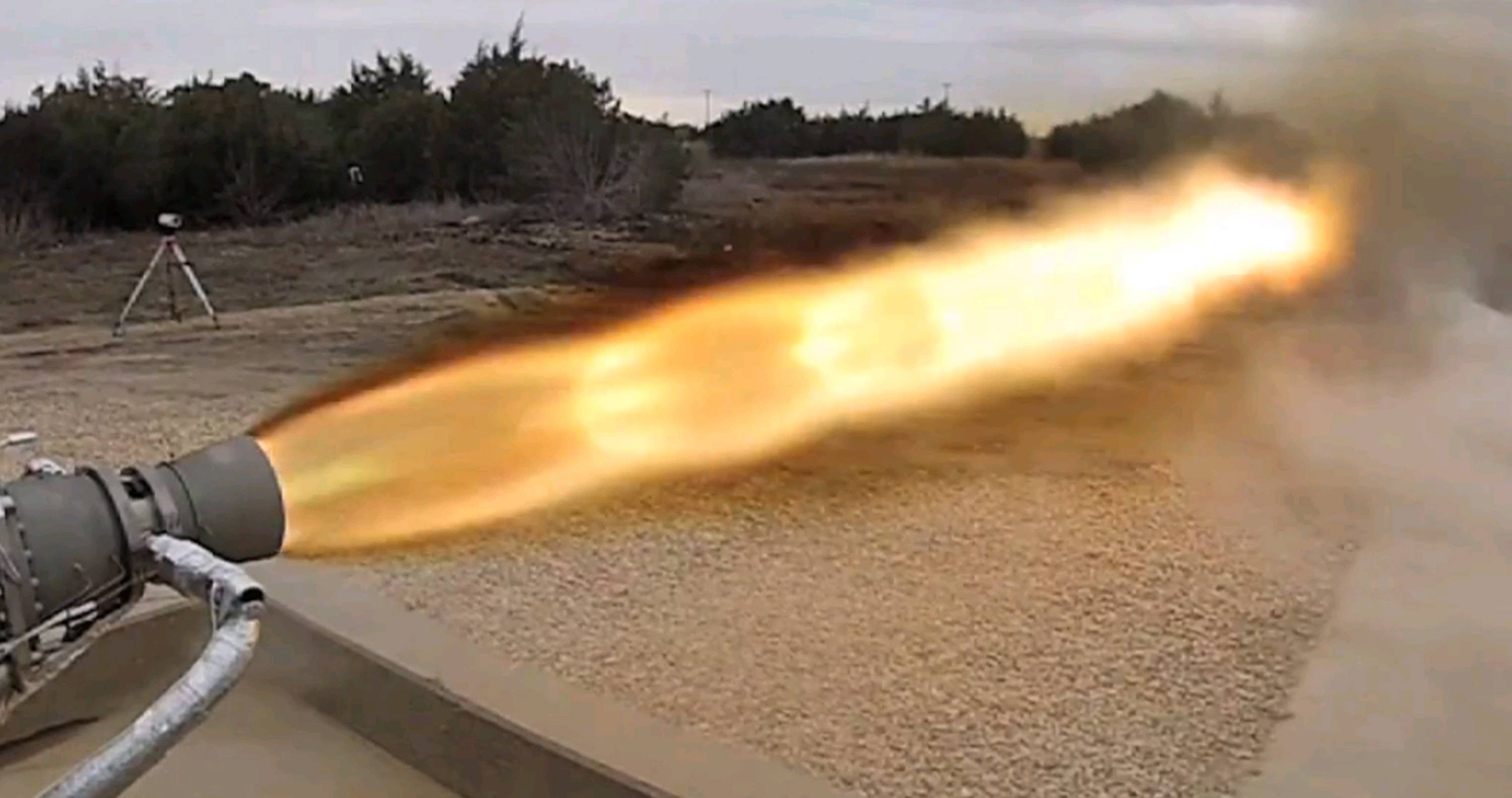The parachute configuration for abort was determined to require changes from the parachute configuration for a normal reentry. On a normal reentry, the parachutes have more time to deploy at a higher altitude. In an abort case, they need to be shot out with a mortar and deploy faster.
This was tested in 2014 after being dropped from a helicopter. The test unit was not exactly the Dragon V2 configuration, but was designed to test the new parachute configuration.
The SuperDraco engines have been tested singly and in pairs at the McGregor, TX test facility.

Test fire of SuperDraco 'pack' (set of two engines)
It is now time to try the whole thing and get this baby off the ground.

There are two tests scheduled for the full up Dragon V2 testing. First a pad abort, from a representative structure (but not a real first/second stage). Then later in 2015 the plan is to launch a Falcon 9 with a dummy second stage, and abort the Dragon V2 around Max-Q, sort of the hardest abort case.
In the case of the abort tests, the SuperDracos are used to get away, not to land, rather it will land, in the water, under parachutes.
The McGregor, TX test site has a completed environmental assessment for the DragonFly test vehicle. SpaceX will be testing powered landings and other SuperDraco/Dragon operations (Land on land with parachutes. Land on power. Take off on powered hop, land on parachutes, ect).

